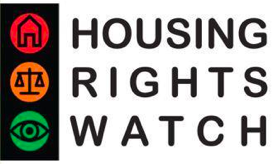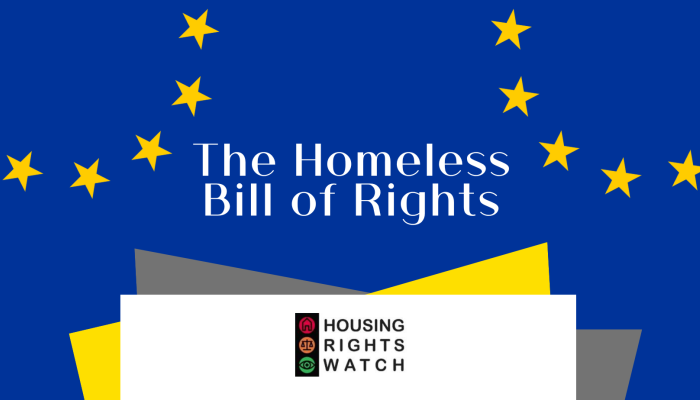Up to only a few years ago, European law had very little focus on housing-related issues. On the one hand, there were the tools coming from the Council of Europe (involving 47 countries): the European Court of Human Rights can deal with issues related to property or evictions, but states did not always take into account its decisions. What a shame. Interesting decisions were made such as those establishing that a slum hut should be considered as a home, a place of privacy and therefore protected by the right to property (Öneryildiz v. Turkey , 2004). There is also the European Committee of Social Rights (ECSR), which specifically addresses the issue of the right to adequate housing (art. 31 of the Revised Social Charter). The ECSR is allowed to pass judgment on poor public policy in this area. Sadly, their statements were not really taken into account by national Courts, who were considerably more prone to base their decisions on case law from the Court of Justice of the European Union (CJEU). The main problem with this is that the CJEU does not tend to focus its attention on Social Rights, despite the Charter of Fundamental Rights which –in all honesty- cannot be taken too seriously due to its lack of clarity (Art. 34 defending the right to “housing assistance”. One can wonder what the right to housing assistance even means?!) and lack of legal potency.
All this changed when the Charter of Fundamental Rights obtained the status of a Treaty and as such became a tool used by the CJEU and respected by all national courts. The articles had more clarity and were more precise as they were written in similar terms as to those found in texts by the Council of Europe and further defined in a guide on how to better understand the Charter which refers to definitions given by International Courts such as the ECHR and the Committee of Social Rights. That’s how fundamental rights, including social ones, became a tool for European construction and constraints on the Member States.
There is a downside, however, to these developments as the Charter can only be invoked before the European Courts on topics that fall within the scope of European law. This is particularly problematic for housing related issues as the boundary between what is national law and European law is (again) unclear. Two examples of jurisprudence can help us to clarify the scope of the “right to social and housing assistance” as recognised by the Charter:
- In the Zambrano judgment, the CJEU recognizes for an undocumented parent, the right to have the means to take care of her child who has EU citizenship, including housing assistance because of the role the parent plays as legal guardian in enabling the child to access his or her rights.
- The Kumberaj judgment concerns a long-term foreign resident in Italy, who asked to be provided with housing assistance similar to the help Italians can receive, although foreigners could not, even if he or she has been living for so long in the country. The Court agreed with Kumberaj’s claim and held that national courts and public policy were free to organize themselves however they wished, providing they meet the level of protection guaranteed by the European Social Charter , including Article 34.
As such, even though the right to housing is better protected, it continues to be a rather vague notion. For this reason, it is important to bring new cases before the Court of Justice of the European Union, to allow judges to harmonise their interpretations with those of the European Court Human Rights and European Committee of Social Rights and consequently further protect the right to housing for all in Europe.
English
Year of publication:
2 013
Subject:
Human rights
Right to housing
Jurisdiction & Article:
Court of Justice of the European Union
Council of Europe - European Court of Human Rights
Article 31 - Right to housing
Country:




